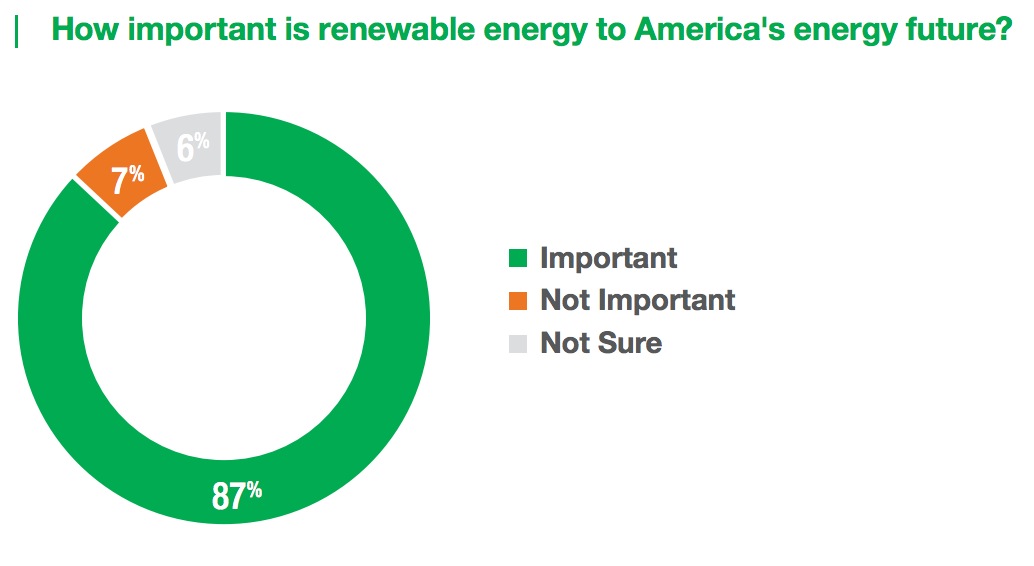
CLEAN EDGE
SOLARCITY
In our second annual survey of U.S. homeowner purchasing trends and attitudes, we find that clean-energy products and services – including solar PV, utility-scale renewables, hybrid electric vehicles, and green buildings – continue to experience double-digit compound annual growth rates (CAGRs). Sustained double-digit growth rates for more than a decade reflect the long-term nature of this current shift to more efficient, cleaner, and environmentally friendly products and services. But don’t be mistaken; as our research clearly points out, it is cost savings, much more than environmental factors, that are driving this monumental shift.












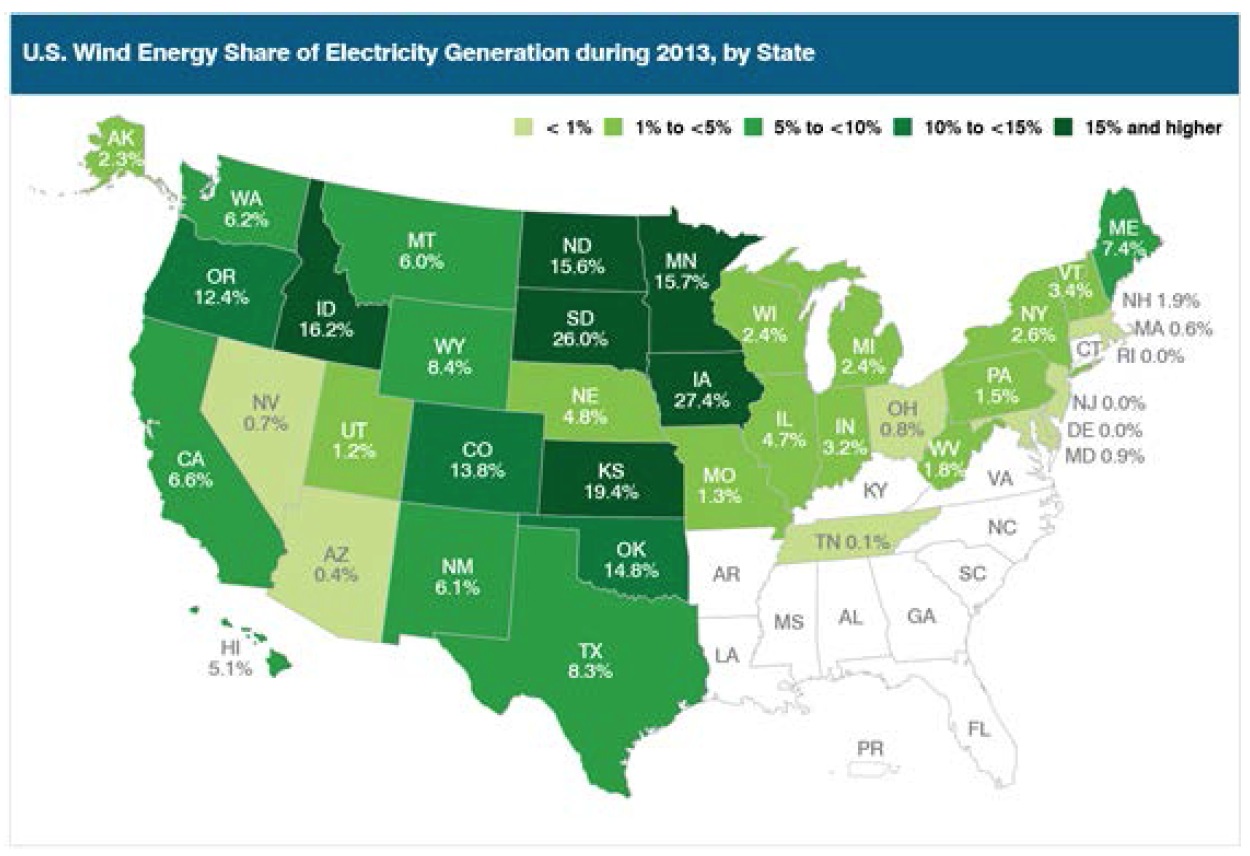


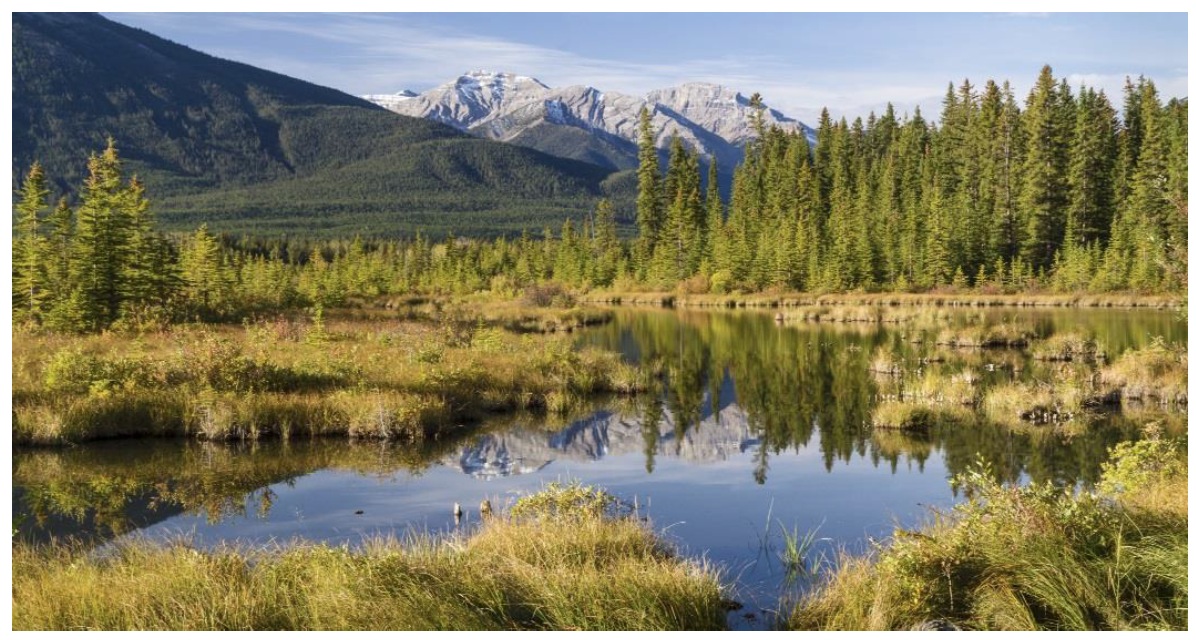


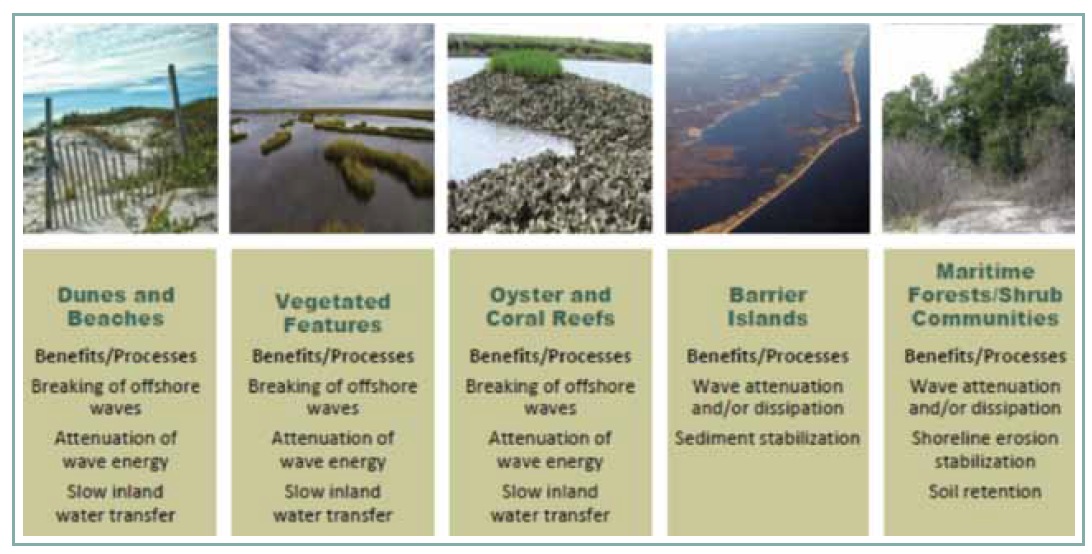
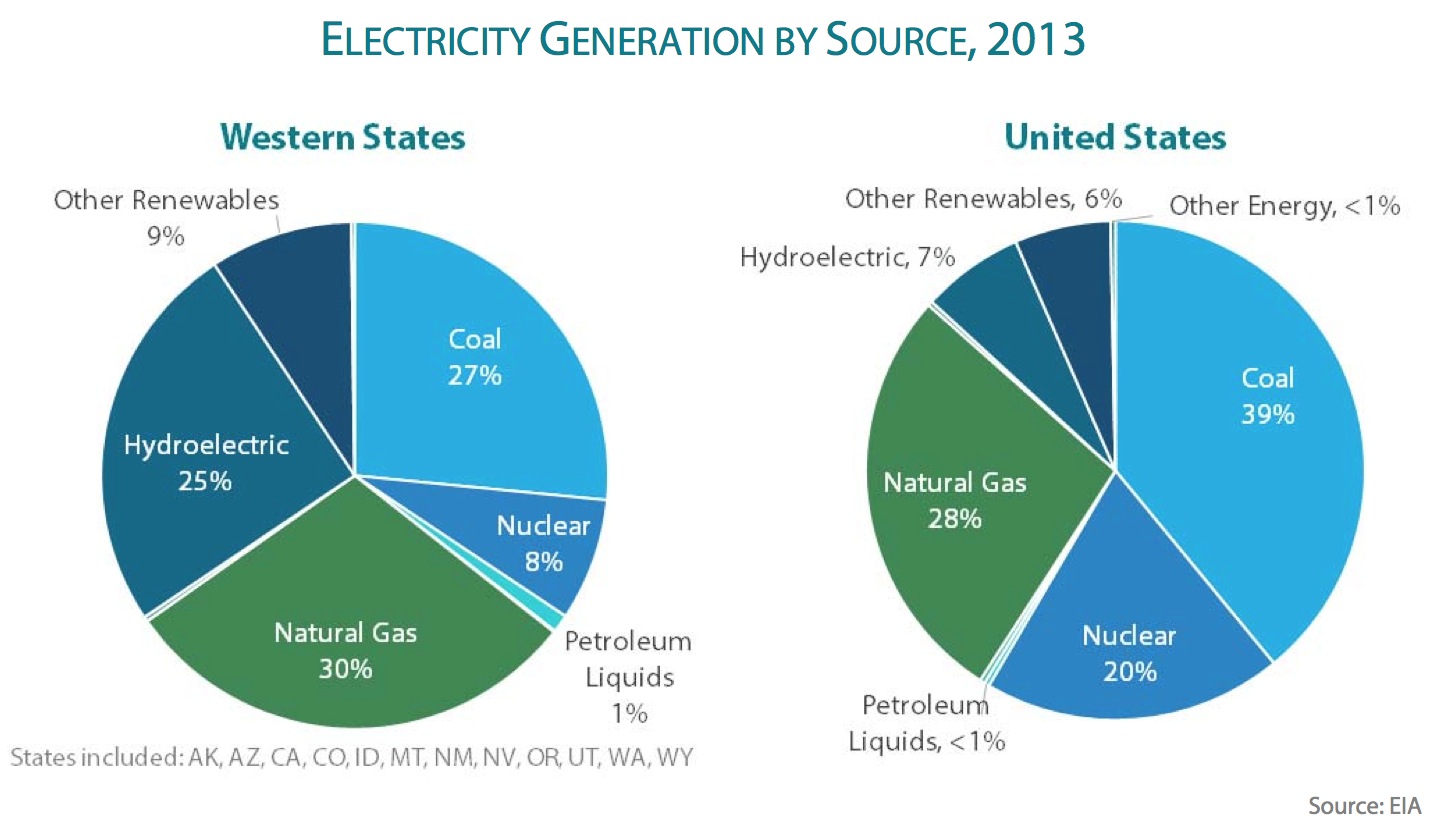


 RSS Feed
RSS Feed